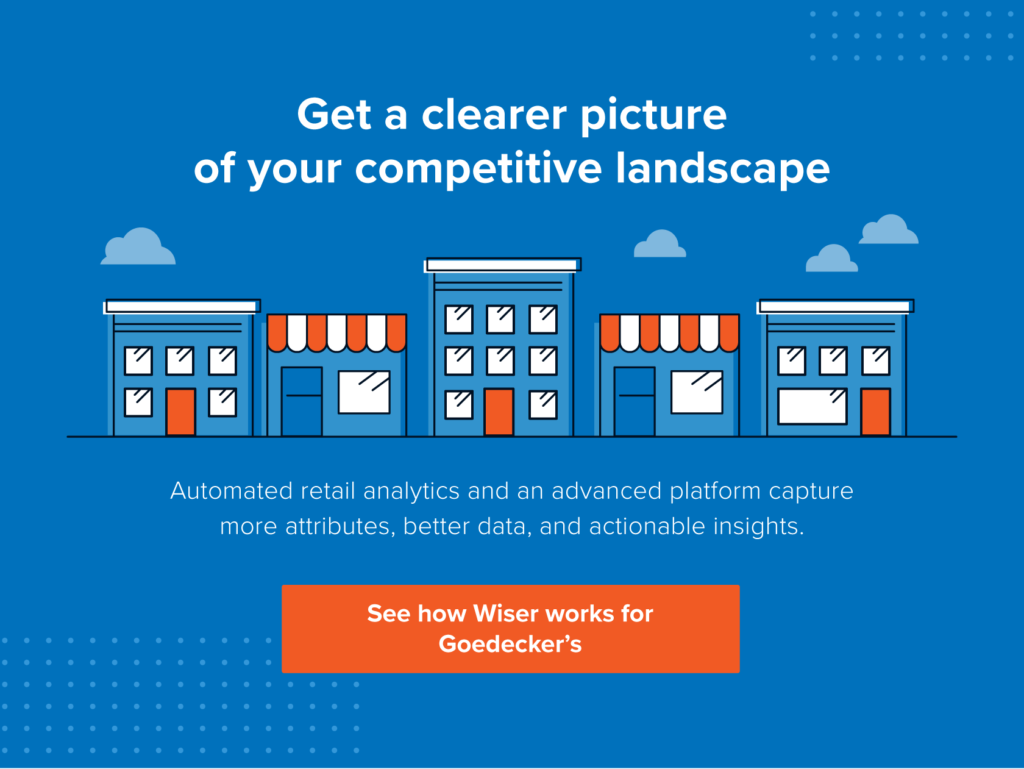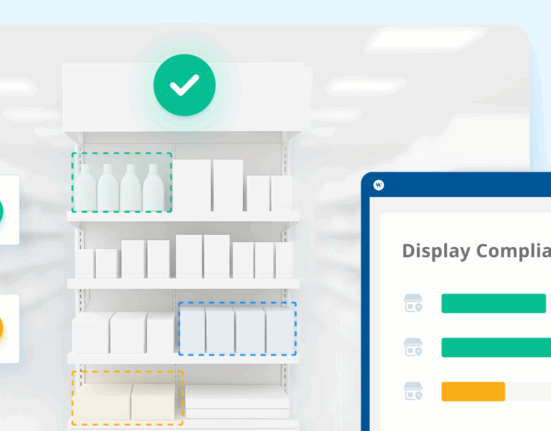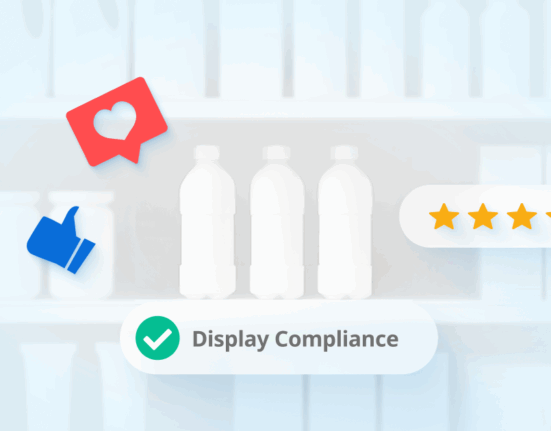Launching a new product or version of an existing product is one of the most exciting parts of competing in retail. Creating something that excites consumers and takes market share away from competitors? That’s hard to beat.
Of course, there’s a lot that goes into bringing a product to market. Understanding the competitive landscape, determining how the new product fits into your portfolio, developing a pricing strategy—these are just a few of the key steps in a launch. And sometimes, it doesn’t always go to plan.
Sometimes, you find that instead of your new product stealing sales from competitors, you’re stealing from yourself. Why does this happen?
The answer is likely product cannibalization.
Product cannibalization refers to the loss in sales volume or revenue when a brand launches a new product or a new version/style of an existing product that takes sales away from existing products.
What is Product Cannibalization?
Typically, cannibalization refers to the loss in sales volume or revenue when a brand launches a new product or a new version/style of an existing product that takes sales away from existing products. When this happens, the new products are “cannibalizing” the existing ones. The brand’s product portfolio is essentially competing with itself rather than external competitors.
Cannibalization can happen when the new product or version is too similar in the segments it targets from a branding perspective. One of the more well-known examples here is Coca-Cola. With products like Coke Zero, Cherry Coke, and Vanilla Coke all competing for the many of the same customers, they end up taking sales and market share away from each other.
This may not be a bad thing, though: If these new products give Coca-Cola access to new markets and segments, it may be worth some degree of cannibalization in its existing markets.
Cannibalization can also happen when your pricing strategy doesn’t do enough to differentiate your offerings. There are a few scenarios where this can play out:
- Cannibalizing through discount pricing: This happens when a retailer discounts a product without understanding if consumers would buy the product even without the discount. If so, the lower pricing is cannibalizing sales revenue by allowing consumers to get accustomed to those prices.
- Cannibalizing through “budget” product lines: Retailers that do not typically compete on price sometimes roll out lower-priced product lines. These “value” lines are sometimes not differentiated enough price-wise (pricing is a big part of branding too!), and they cannibalize the existing products’ sales.
- Cannibalizing through lower eCommerce prices: If consumers realize they can get a better deal online than in brick-and-mortar locations, they will go where the price is lower. This can actually be a useful strategy if you know you will have overall gains in sales online. But if it’s not done intentionally and with a full understanding of your omnichannel pricing strategy, you can suffer the negative effects of lost sales.
How to Avoid Product Cannibalization
So, how do you launch new products or variations of existing products without cannibalizing? Here are some useful ways to go about it:
Test and Measure Your Promotions
Promotions are one of the main ways retailers and brands cannibalize their sales. By continually testing and measuring your promotions, you can identify warning signs of cannibalization in future promotions. For example, a metric like incremental sales lift vs cannibalization will give you a great idea if your past promotions led to cannibalization. This is where the lift is created by taking revenue away from elsewhere in your portfolio.
Additionally, you’ll want to be sure that customers aren’t just purchasing the lower-priced items and leaving your other products on the shelf. If all your promotions do is shift sales, they are not effective.
Go Premium
When we talk about cannibalization via pricing, it’s often in reference to a lower-priced item stealing sales volume or revenue away from a higher-priced item. One way to prevent this, then, is to consider how a premium product line could bolster your product portfolio.
By doing this, you open yourself up to new markets that may not be as price sensitive. Low prices generally signal efficiency and standardization. Higher prices appeal to consumers who are willing to pay more for differentiation. For example, Zappos, an online footwear retailer, has slightly higher prices because they know their customers care about service and quality. A premium offering is unlikely to poach sales from a low-price option, so you can avoid cannibalizing there.
Whenever you launch a new product or a new line of an existing one, you should analyze the market for the demand for the new offering.
Understand How New Products and Prices Add to Your Portfolio
Whenever you launch a new product or a new line of an existing one, you should analyze the market for the demand for the new offering. New products can capture a share of new markets, but you should be sure that you aren’t competing with yourself.
Two of the most important things to look for is a lack of differentiation in the product from existing items and price sensitivity in your market. New products that are insufficiently differentiated from the rest of your portfolio are cannibalization threats. New products that are not priced correctly, particularly if they are too low, can steal revenue as price-sensitive customers go for the cheaper option.
Assess the Competition
A price intelligence tool can give you the insight you need to understand the markets in which you want to launch. This will make it simple to collect data at scale, understand markets and individual competitors, and create benchmarks that help you understand where your new product will fit from a pricing perspective.
Converting pricing data into a metric like a market price index will give you a clear visualization of what competitors’ pricing strategies are, which can inform your own. You can identify where you have pricing power, which is crucial for positioning your product appropriately.
Cannibalization happens to even the most data-driven brands, but it doesn’t have to be an inevitability. Use pricing data effectively to understand what prices your market will bear, then test and iterate before launching new products, and look for weaknesses in the competitive landscape. By doing this, you can launch products more confident that you are taking sales from your competitors, not yourself.










